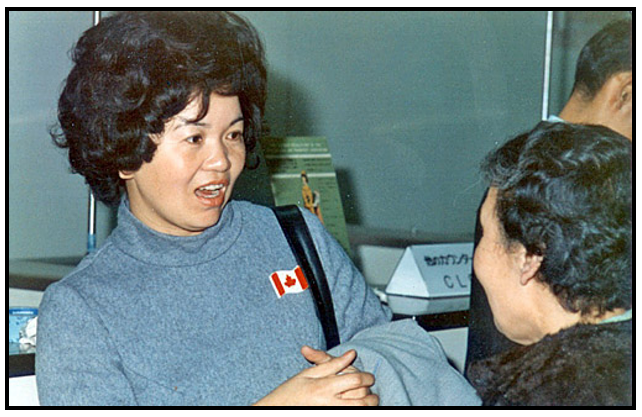The U.S. Debt Crisis Goes Beyond Government Spending
 |
| By Tony Sagami |
My mother looked like a gentle, sweet angel, but she was as tough as a $2 steak. She was uncompromisingly demanding of her children, but she really was just being overly protective.
I wasn’t allowed to leave the house without telling her where I was going, who I was going with and when I would return. She would also rifle through my bedroom closet, dresser drawers and pants pockets when I came home.
There was no such thing as privacy in her house, even after I left for the University of Washington.
Whenever I returned home, I would find my mail neatly stacked in my bedroom … already opened. One time, that got me into big trouble with her when she opened a letter from our local bank.

Click here to see full-sized image.
In my junior or senior year, I jumped on a credit card offer and quickly rang up $600 in charges for beer, pizza and dinner dates.
That was a lot of money back in the 1970s, and my mother was livid. She gave me a very loud lecture, snatched that credit card out of my wallet and cut it up into little pieces in front of me. “No credit card for you, Tony!”
I hated it at the time, but my mother taught me a valuable lesson about the perils of debt. Unfortunately, there are millions of Americans whose parents didn’t give them the same lecture.
Americans are deep in debt and getting in deeper by the month. In fact, over the past three months:
• Credit card debt hit a record $986 billion.
• Mortgages hit a record $11.9 trillion.
• Auto loans hit a record $1.6 trillion.
• Student loans hit a record $1.6 trillion.

All in all, total household debt hit a record $16.9 trillion. How can this possibly end well?
Paycheck to Paycheck
Americans are stretching their debt to the limit. A new report from PYMNTS.com and LendingClub found that 61% of Americans — about 157 million adults — are living paycheck to paycheck. That’s a 9% increase from 52% in 2021.
Heck, even high-income Americans are living on the edge: 36% of Americans making $250,000 are living paycheck to paycheck.
Plus, Americans have been dangerously drawing down on their savings to make ends meet.
According to Bankrate, 39% of Americans have less emergency savings than last year, and 11% have no savings at all.
My guess is that the combination of high inflation coupled with rising interest rates is behind the financial stress. Millions of Americans just can’t make ends meet.
There is no easy way out of debt. You either have to cut expenses or increase income, but that’s much easier said than done.
If you need help, try the Financial Counseling Association of America or the National Foundation for Credit Counseling.
And instead of cutting up all of your credit cards, perhaps you will want to keep only one or two in your wallet for emergencies and the rest out of your wallet, so you don’t feel tempted to use them.
While having and using your credit cards helps you build up your credit, it’s important to only use them for smaller purchases, or a purchase you know you will be able to pay off quickly. Do not let your credit card charges — and interest — rack up.
Be smart with how you use your credit cards. For example, if your credit card offers miles or rewards points, take advantage of those perks. Here is a helpful article on credit cards that will pay you back for using them.
I am sad to say that my mother died in 2001, but I still follow the lessons she taught me five decades ago. Living within your means and avoiding debt is timeless advice.
All the best,
Tony
P.S. This week, Dr. Martin Weiss revealed a new investor strategy specifically designed for a market plagued by volatility and inflation. This strategy produced 879 winning trades averaging 16% gains in just four days (no backtesting, those are actual trades). For more information, click here.

